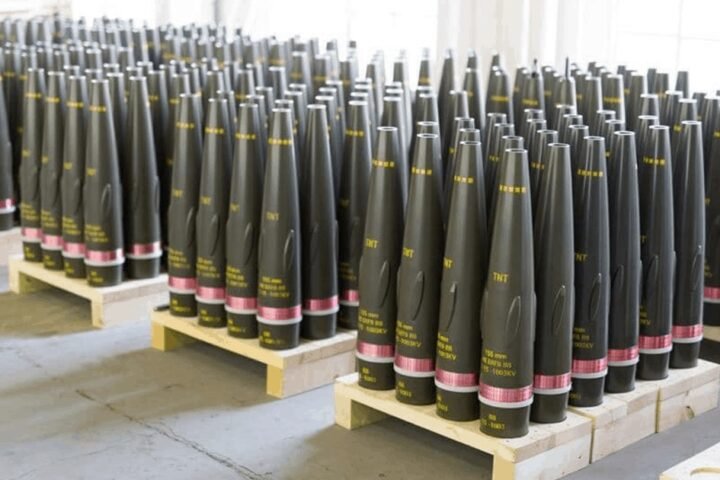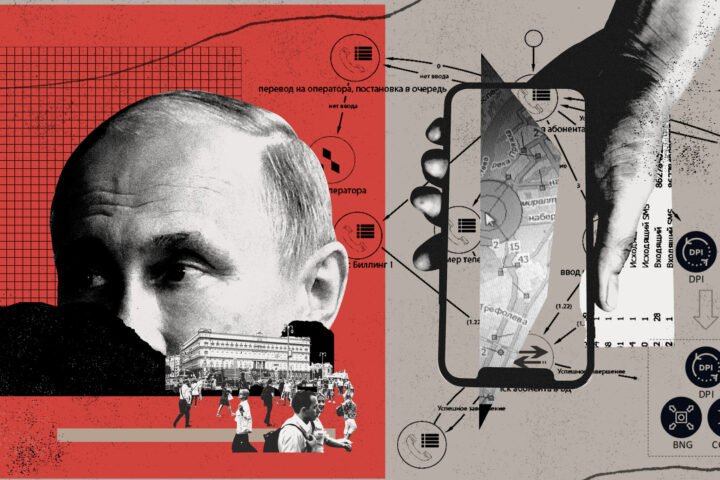The proportion of Russians who have any savings has dropped to its lowest level in more than three years, according to an August survey conducted by the Public Opinion Foundation (FOM) for the Central Bank. The results, reported by the Moscow Times, show that fewer households now hold financial reserves despite official statistics pointing to rising incomes and wages.
Savings decline amid rising incomes
The August figure marked one of the weakest results in the history of the monthly FOM polls and the lowest since January 2022. This comes even as official data shows household incomes are growing. In the first half of 2025, real disposable incomes—adjusted for inflation and mandatory payments—increased by 7.8% compared to the previous year, according to Rosstat. Average wages in June surpassed 100,000 rubles for the first time, rising 15% year-on-year, or 5.1% in real terms. Bank deposits also continue to expand, with household funds in banks reaching 61.1 trillion rubles as of August 1, up 1.3% from July.
Shifts in financial behavior
Despite these trends, survey data highlights growing anxiety among households. Nearly 40% of respondents said they had no savings at all, while those who kept cash reserves estimated they could survive only four months without a salary. The share of people who prefer to store money in cash rose to 32% in August, while 43% favored bank accounts. The demand for foreign currency, traditionally strong in summer months, fell sharply—purchases of dollars and euros were 1.7 times lower than last year.
Spending priorities and survival strategies
With rising inflation eroding household budgets, more than half of respondents (52.2%) reported saving money instead of making large purchases, a higher rate than both the previous month and the previous year. Many families are directing savings toward basic necessities, particularly food, as vegetable prices surged in 2025. Potatoes doubled in price compared to last year, onions rose nearly 40%, and carrots by up to 10%. For many households, financial planning has shifted from improving living standards to ensuring survival.
Debt pressure and rising utility costs
The survey also indicates that households are increasingly forced to rely on credit not for investment or major purchases but simply to cover everyday expenses until the next paycheck. Many borrowers reported struggling with repayments after the first installment, leading to cycles of renewed borrowing. At the same time, higher housing and utility tariffs have deepened financial strain. Since July, utility bills have jumped by an average of 11.9%, with some regions facing increases of nearly 25%, forcing families to cut back on food, medicine, and clothing to pay for basic services.










